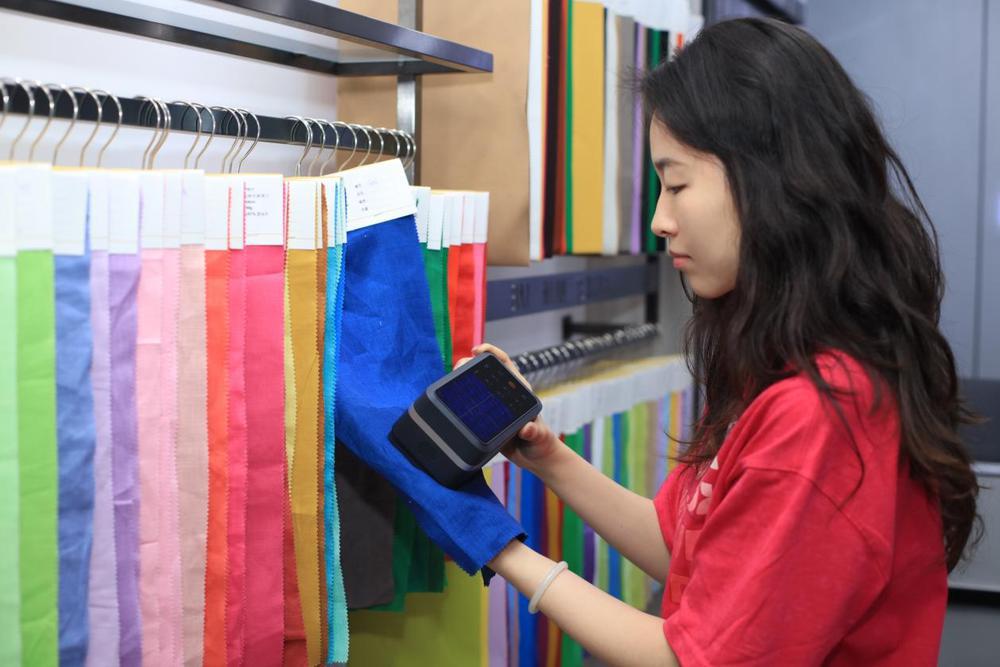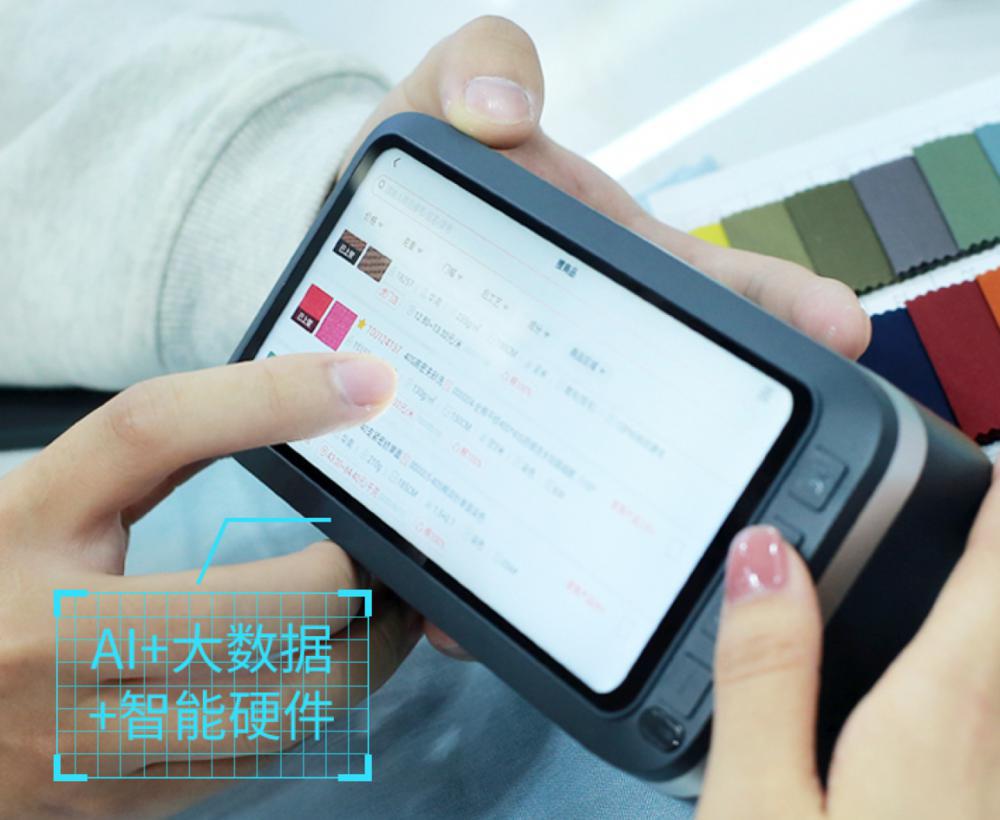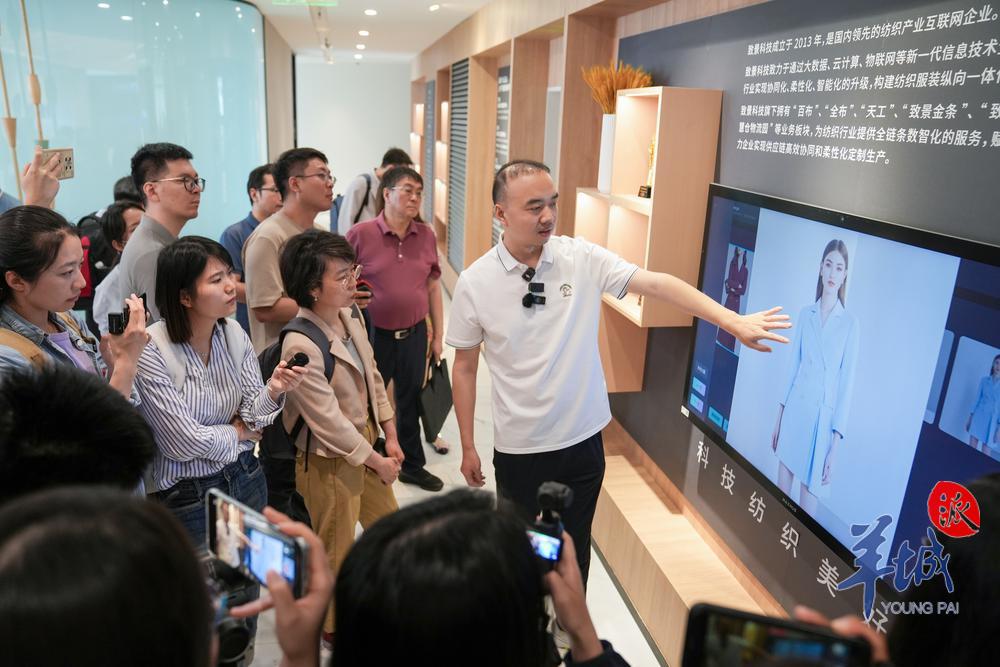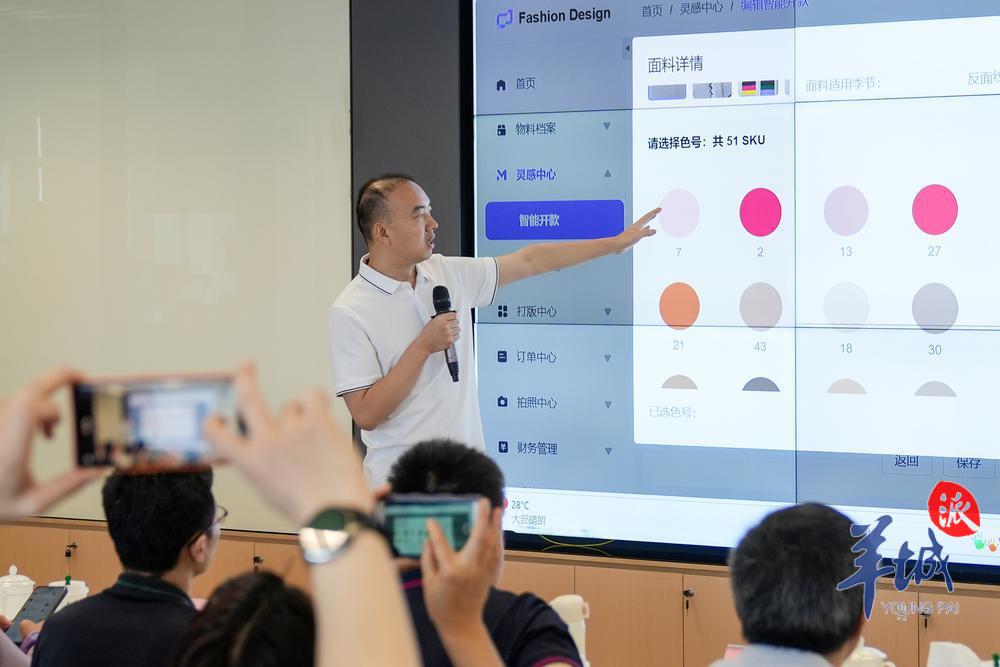
In the past, clothing design was a tedious process, requiring designers to hand-draw or use design software to complete design drafts. They also needed to negotiate with fabric suppliers.


Acquiring the ideal fabrics has always been a daunting task for clothing professionals, testing their visual acuity and physical strength. Traditional fabric circulation relies heavily on wholesale markets, and gathering fabric for a garment typically took a week or even longer. Nowadays, designers can simply click a mouse, set clothing styles, collar types, fabrics, and other information, and a clothing AI model can generate clothing renderings in seconds. Moreover, the platform can offer the information of matching fabric suppliers and garment factories.

Guangzhou boasts the largest fabric market cluster and clothing market cluster in the country, with nearly 50,000 clothing and related enterprises. Their sales account for approximately 10% of the national sales. Guangzhou Zhijing Technology Co., Ltd. (hereinafter referred to as"Zhijing Technology") is an internet company rooted in the textile industry. Focusing on the circulation link of midstream fabrics, the company has developed fabric robots, and has established a comprehensive fabric information database. Using AI, big data, smart hardware, and other technologies, the database stores traditional fabrics' characteristics such as color, pattern, and composition."Now, when we look for fabric, we only need to scan the sample fabric with the fabric robot, and the system can accurately identify the category of the fabric. It can take as little as 2 minutes to find the desired fabric," explained a person in charge of Zhijing Technology.

In the upstream of the industry, Zhijing Technology's "Feishuo Smart Spinning," an industrial internet digitalization system, integrates yarn factories, grey fabric factories, printing and dyeing factories, and others. It has served the transformation of more than 9,000 weaving factories, with a cumulative access of about 700,000 weaving machines. The system promotes shared production capacity and intelligent distribution of orders among all parties.
In the downstream of the industry, the rapid rise of fast fashion and the emergence of e-commerce channels have posed higher requirements for clothing companies' flexible and fast production. Relying on the "Tiangong Selection Platform," Zhijing Technology has built a cloud-based collaborative ecosystem. From design to delivery, it provides one-stop services from trend analysis, design and pattern making, fabric procurement, and production to warehouse and logistics distribution, promoting the transformation and upgrading of the clothing industry.
Source:Yangcheng Evening News
机器人2分钟找布料!看传统服装产业如何实现数字化转型
以往,服装设计是一个繁琐的过程,需要设计师手绘或使用设计软件完成设计稿、寻找面料供应商等。
一直以来,找布料对于服装从业者而言都是一件考验眼力和体力的“苦差事”。传统的面料流通高度依赖于批发市场,找齐一件衣服的面料通常需要一周甚至更久的时间。如今,设计师们只要在电脑上轻点鼠标,选择服装风格、领型、面料等信息,服装AI大模型就能在几秒钟内生成服装的效果图,还能通过平台,匹配相应的面料供应商和成衣工厂。
广州拥有全国第一大布匹市场群和服装市场群,有服装及关联企业近5万家,销售额约占全国10%。广州致景信息科技有限公司(以下简称“致景科技”)是一家纺织产业互联网企业。企业从中游面料的流通环节切入,研发了对布机器人,通过AI、大数据、智能硬件等技术手段,根据传统面料的颜色、纹路、成分等特性,建立起一个丰富、完善、齐全的面料信息数据库。“现在我们找布,只需要在工厂拿着对布机器人对着样布扫描一下,系统上就能精准匹配布匹的类别。最快只需2分钟,就可以找到想要的布。”致景科技相关负责人介绍。
在上游,致景科技推出的“飞梭智纺”工业互联网数智化系统将纱线厂、坯布厂、印染厂等统筹起来,已服务9000余家织厂转型,累计接入织机约70万台,促进各方共享产能、智能分配订单。
在下游,快时尚的迅猛来袭、电商渠道的兴起,对服装企业的柔性快反生产提出更高要求。致景科技依托“天工选款平台”搭建了从“设计到交付”的云端协同生态,可提供从流行趋势研判、设计打版、面辅料采购、生产到仓配物流的一站式服务,助推服装产业转型升级。
文|记者 黄婷
图|记者 梁喻(署名除外)
翻译 | 刘佳慧
-
Guangzhou's new quality productive forces soaring high
2024-05-16 21:52:25 -
China's automobile exports surge over 33% in first four months of 2024
2024-05-15 22:52:34 -
Russian Media Explores Guangdong | 'The rapid development of Shenzhen is astonishing!'
2024-05-15 22:53:14 -
The 20th China (Shenzhen) International Cultural Industries Fair to kick off on May 23rd
2024-05-15 22:53:58






